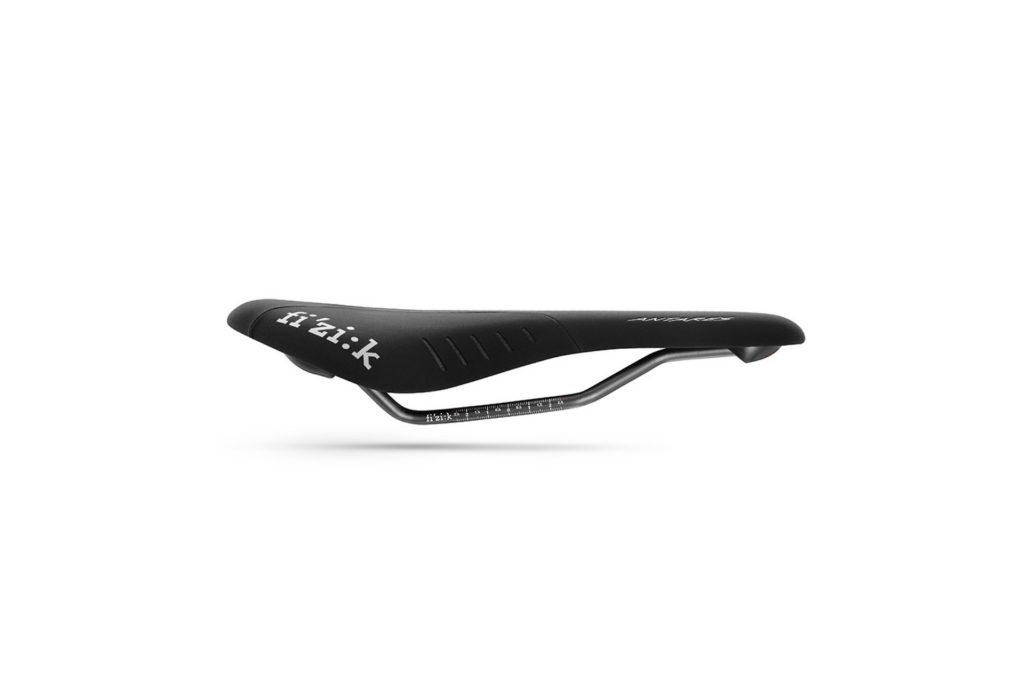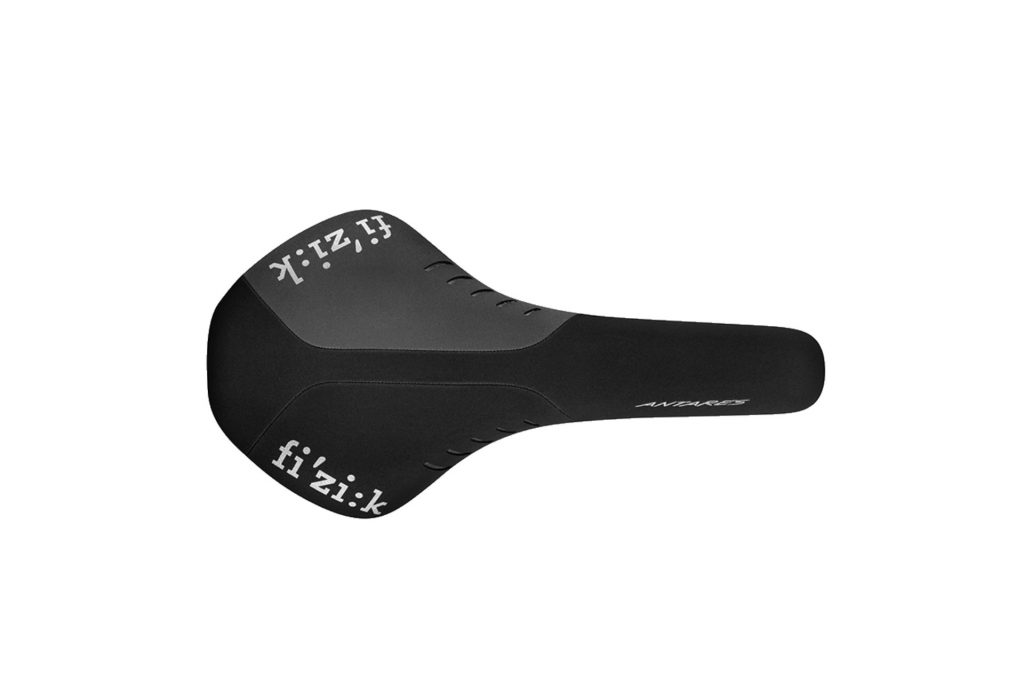While we always say that saddle taste is highly subjective, it must be said that we haven’t met many people who have ridden a Fizik saddle and didn’t like it. The only sting as always with Fizik, is the price. If you can – save your pennies. It’s worth the investment.
Pros
- Design
- Comfort
Cons
- Price
About the Manufacturer
Fi’zi:k (we’ll be using Fizik from now on thanks) is an Italian saddle manufacturer created out of the Selle Royal family in 1997. The brand was launched as a high end marque focusing on delivering the right ergonomics for different riding styles – Fi’zi:k is the phonetic spelling of physique of course.
Initially launching with the “Spine Concept” their approach to saddle design has changed over the years as has their product range expanding into all cycle touchpoints including handlebars, stems, seatposts and bar tape. What hasn’t changed is the brand’s focus on quality – Fizik saddles are still some of the most highly regarded out there and have adorned the bikes of many of cycling’s greats including Froome himself.
Review
Like the Arione we reviewed earlier in the year, the Antares is now well over a decade old. Fizik are one of the seemingly few manufacturers who are willing to hold on to model names for more than a few years and while the name, concept and shape of the Antares is the same, materials have been updated as time has gone on. In fact Fizik have introduced relatively few “new” models of saddles into their line up over the last 5 years with the exceptions being the Women’s specific Luce, the shorty Argo and the upcoming 3D printed Adaptive range.
As the range has evolved over the year the naming has become somewhat impenetrable, so as we’re testing the R3 version of the Antares it’s worth talking about what that means. In terms of road saddle hierarchy, Fizik’s saddles go from 5 to 1 with the latter being the highest end, apart from the hyper exclusive 00 models. Expect metal rails and more pedestrian materials on the 5 with carbon rails and super plastics and upper materials on the 1 and 00 models – worth noting that there’s no even numbers in the range. Everyone knows even numbers aren’t lux enough.
Along with that there’s the Open and Versus Evo models – the open opting for a fairly standard shell cutout, where the Versus Evo has full length split padding and extra flex in the walls in quite a unique approach to pressure relief.
With all that being said, we’ve been testing the latest “standard” version of the Antares R3 which comes with a composite shell, metal (kium) rails and in the large size we have comes in at just over 200g. The Antares is more of an endurance focus saddle than the Arione and is orientated towards those with medium flexibility in spine and hips – or chameleon in the old spine concept parlance. Like most fizik saddles we think it’s a handsome thing too, with minimal logos and a slightly “gummy” microtex upper.
While we always say that saddle taste is highly subjective, it must be said that we haven’t met many people who have ridden a Fizik saddle and didn’t like it. If the Arione is the aggressive down in the drops saddle then the Antares is more your work horse taking you comfortably to your destination, mile after mile after mile – all while looking sleek in that black microtex finish.
With the endurance focused rider in mind we found that it provided plenty of comfort across surfaces including tarmac, broken tarmac and the odd light gravel excursion. There isn’t a huge amount of padding on offer even compared to some of our favourites like the Bontrager Montrose, but the design of the chassis – especially those slightly flexy wings – help keeps you bottom cosseted for all day epics.
The only sting as always with Fizik, is the price. If you can – save your pennies. It’s worth the investment.
Key Specifications
- Width: 152mm
- Weight: 206g
- Material: Carbon rails, Carbon injected chassis, Microtex upper
Retailers
- Wiggle (AU)
- ProBikeKit (AU)


